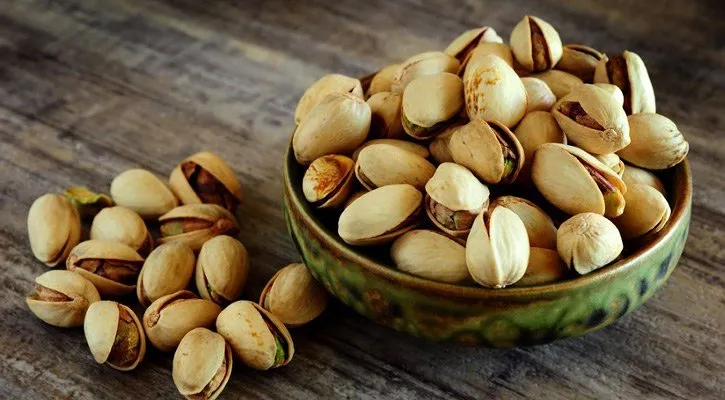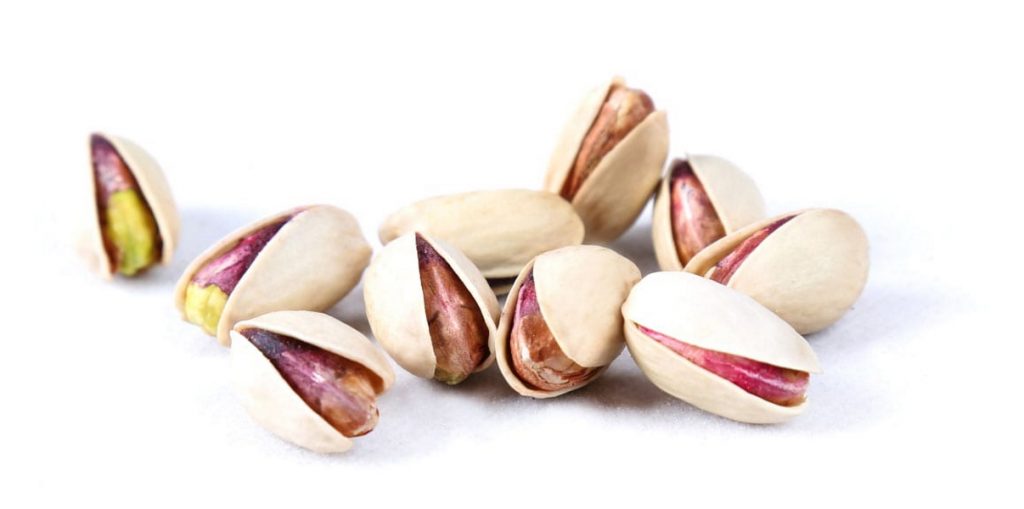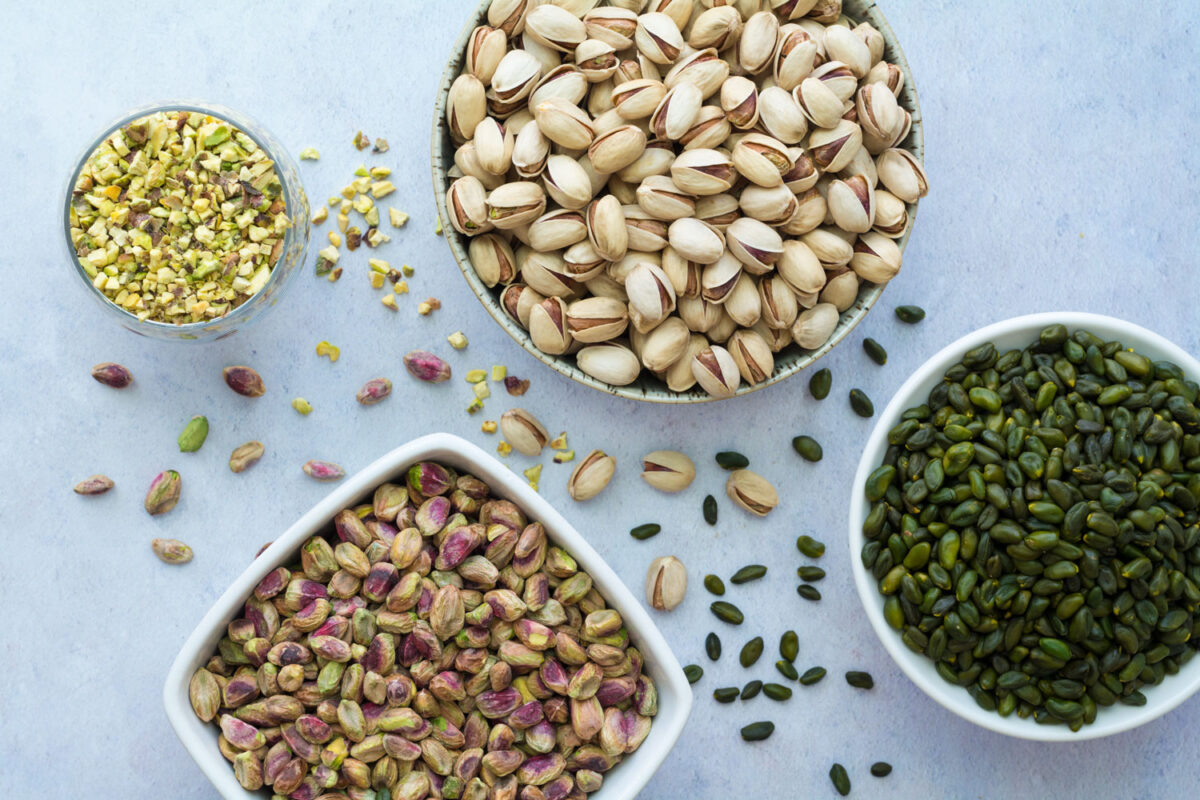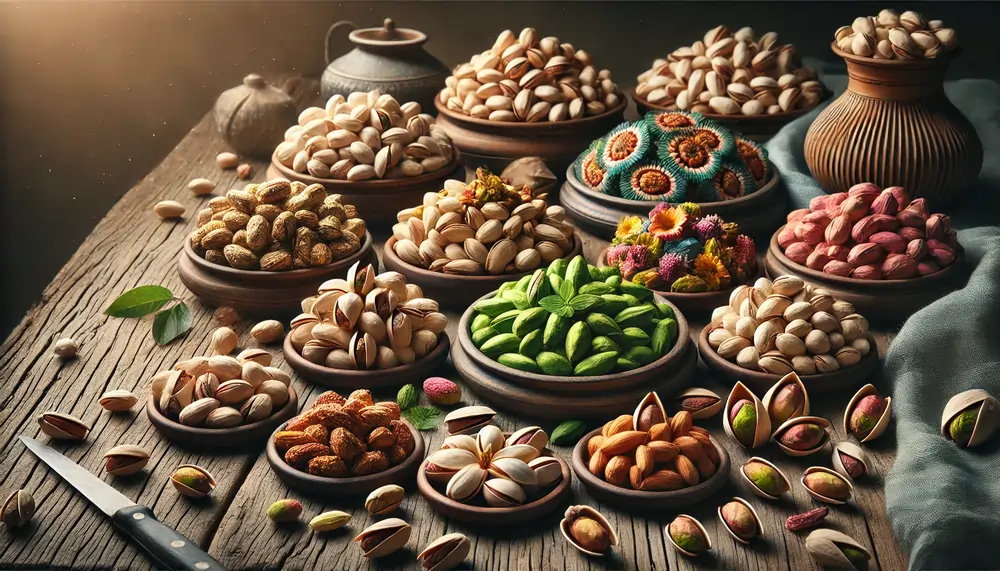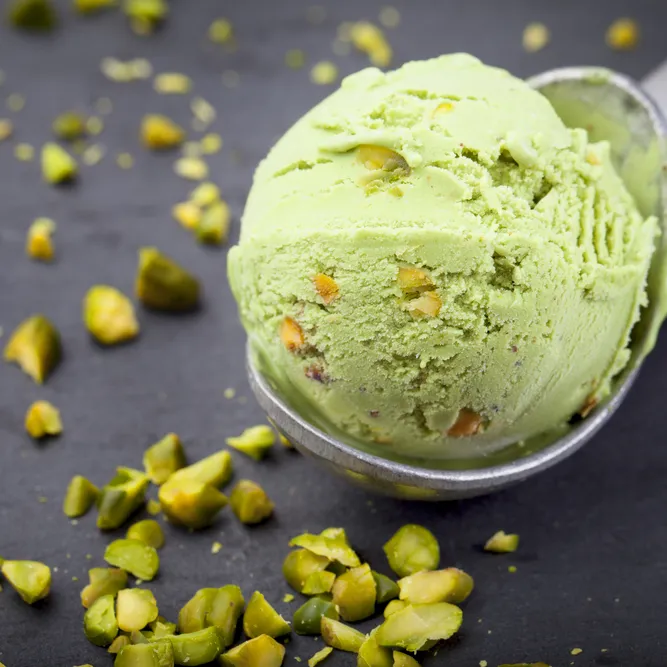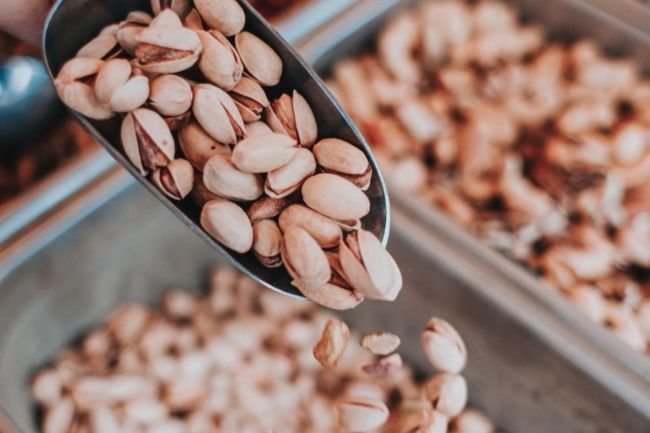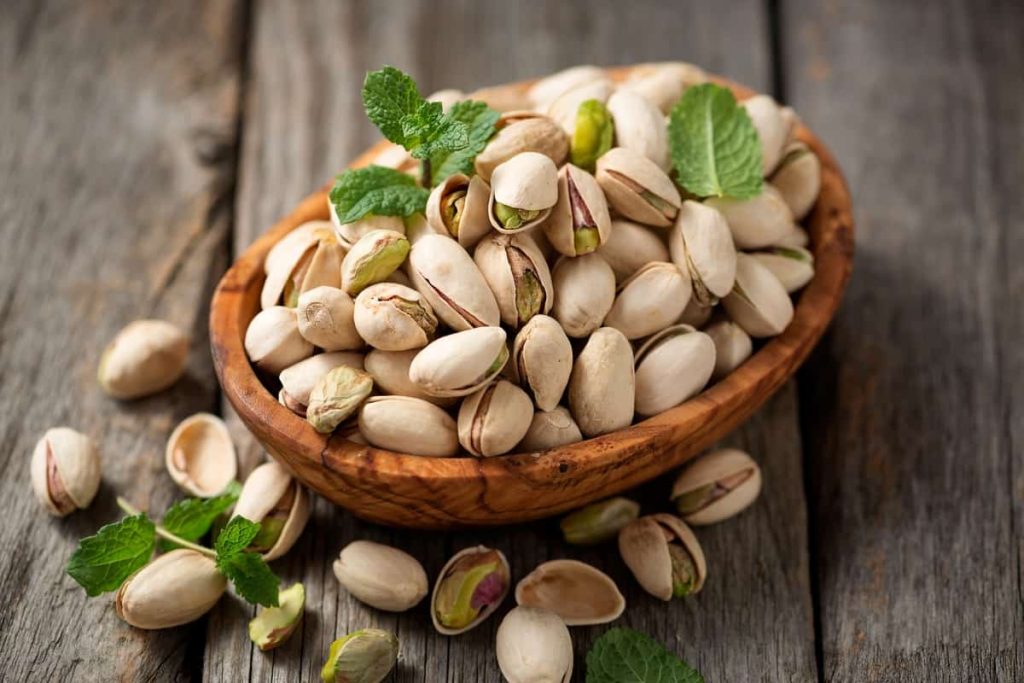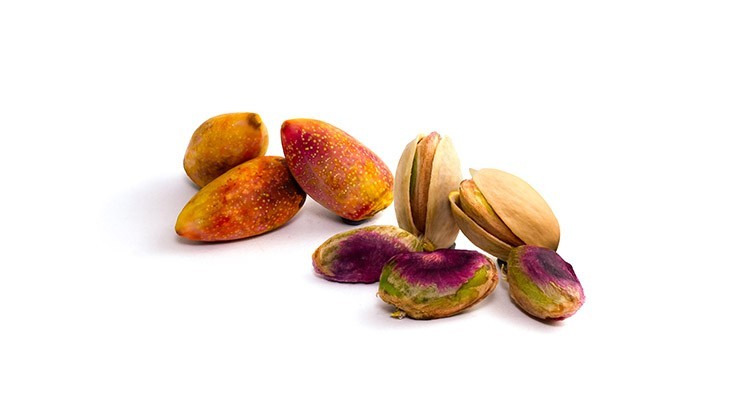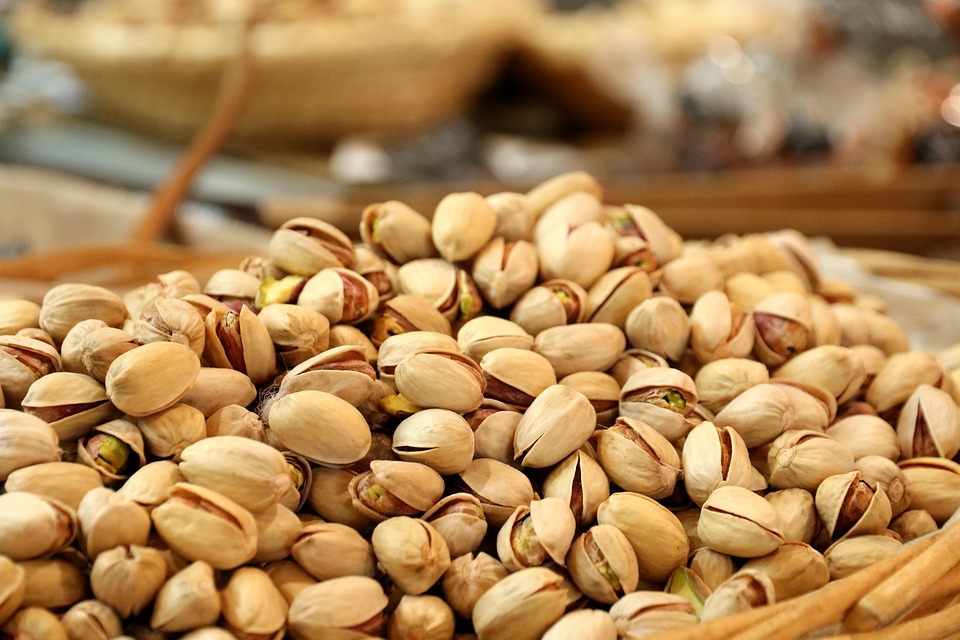Pistachio Production in the Persian Gulf
The Persian Gulf region, particularly Iran, plays a major role in global pistachio production. Iran is the world’s second-largest producer of pistachios, with the United States (specifically California) being the largest. Other countries in the region, such as the UAE, Saudi Arabia, and Kuwait, primarily import pistachios due to their climatic conditions, which are less favorable for large-scale production.
Key Producing Areas and Varieties
- Iran: Iran’s Kerman, Yazd, and Fars provinces are known for their high-quality pistachio farms. Iranian pistachios are renowned for their unique flavor, high oil content, and variety of shapes and sizes, making them distinct in the global market. Some popular varieties include Kaleh Ghoochi, Akbari, Ahmad Aghaei, and Fandoghi. These varieties differ in shape, taste, and market preference, catering to diverse consumer demands.
- California, USA: While not in the Persian Gulf, California’s pistachios have a significant market share within the Gulf region, especially due to their availability and consistency in quality. American pistachios are often known for their slightly larger size and more robust processing standards.
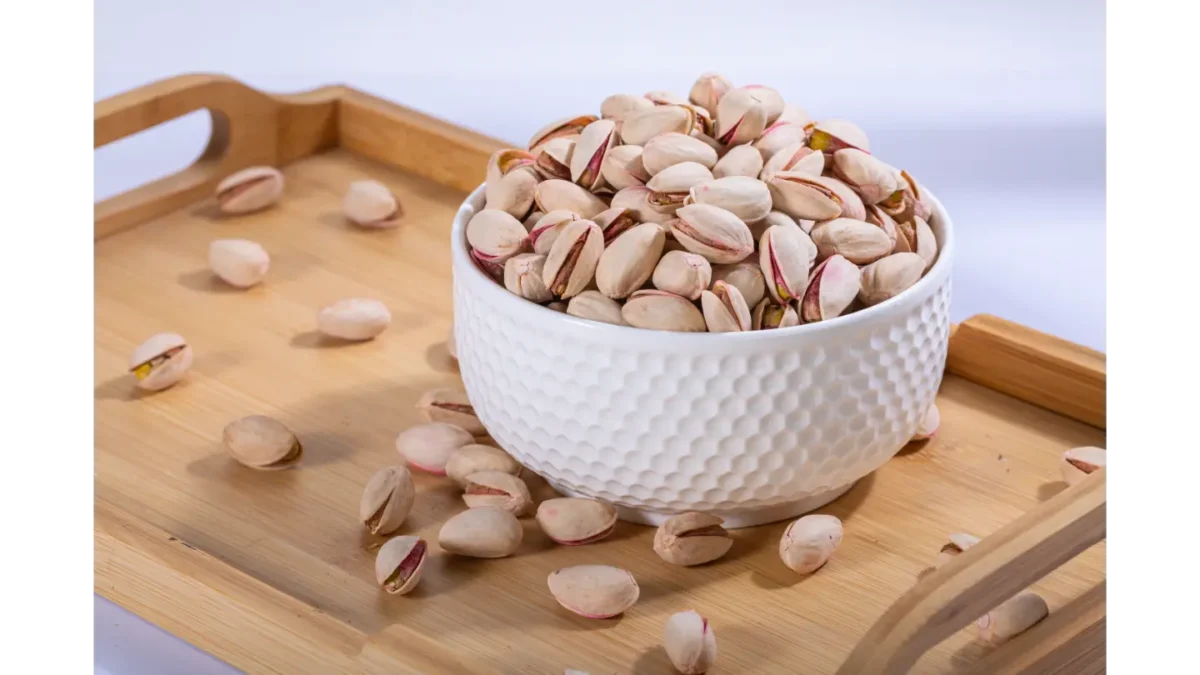
Economic Impact on Persian Gulf Countries
For Gulf Cooperation Council (GCC) nations, pistachios are primarily an imported good, contributing to the economic relationship between these countries and pistachio-producing nations, particularly Iran and the United States. Demand in the Gulf is driven by high standards of living and a strong consumer preference for nuts in the diet.
- Employment and Agriculture: In Iran, pistachio farming is a significant source of income, especially in rural areas where employment opportunities are limited. The pistachio sector creates thousands of jobs in farming, processing, packaging, and transportation.
- Export Revenues: For Iran, pistachio exports generate substantial foreign exchange revenue. This revenue is essential for the economy, especially when other avenues are restricted due to sanctions or economic policies.
- Consumer Demand: GCC nations have a high demand for pistachios due to their popularity in local diets, incorporation into traditional sweets, and gifting culture. The UAE, for instance, imports large quantities for local consumption as well as for re-export to other countries, including the wider Middle Eastern and Asian markets.
Trade Practices in the Persian Gulf Pistachio Market
- Import and Export: Iran exports pistachios to the GCC, where they are then sold in wholesale markets or repackaged for retail. The United States has gained a larger market share in recent years, partly due to sanctions affecting Iran’s trade relations with some countries.
- Customs and Tariffs: GCC countries, particularly the UAE, often serve as logistical hubs for pistachios entering and leaving the region. Dubai’s free trade zones, for example, facilitate the import and export of pistachios by reducing trade barriers, making it a favorable destination for international pistachio trade.
- Supply Chain and Logistics: Due to their perishable nature, pistachios are transported in controlled environments to maintain freshness and quality. GCC nations have invested heavily in logistics infrastructure to facilitate the swift movement of perishable goods, ensuring pistachios reach markets in optimal condition.
Factors Affecting Pistachio Demand and Supply in the Persian Gulf
- Climate and Water Availability: Pistachio cultivation requires specific conditions, including a cold winter period and minimal summer rainfall. In Iran, droughts and water scarcity have impacted pistachio yields, affecting the supply chain and causing price fluctuations.
- Political Relations and Sanctions: International sanctions, especially those imposed on Iran, can affect pistachio prices and availability in GCC countries. As a result, consumers may face higher prices, and traders may encounter delays in securing supplies.
- Consumer Trends: The demand for pistachios in the Persian Gulf is tied to shifts in consumer preferences. Pistachios are viewed as a healthful snack rich in protein, fiber, and antioxidants. The growing health consciousness among Gulf consumers and the increasing popularity of nuts as a protein source drive steady demand in the region.
- Seasonal Demand and Cultural Preferences: Certain periods, such as Ramadan and Eid, see an increased demand for pistachios in the Gulf. This seasonal demand is driven by traditional recipes and cultural gifting practices, boosting sales of premium-quality pistachios during these times.
- Market Competition: The presence of American pistachios in the Gulf market has intensified competition, with some consumers preferring the Iranian varieties for their flavor, while others opt for American pistachios for their consistent quality and affordability.
Challenges and Opportunities in the Pistachio Market
- Environmental and Sustainability Concerns: Water-intensive pistachio farming faces environmental challenges, particularly in arid regions like the Persian Gulf. Producers are increasingly exploring sustainable farming practices to mitigate the environmental impact of pistachio farming, such as improved irrigation and drought-resistant varieties.
- Fluctuating Prices: The pistachio market is susceptible to price fluctuations due to weather events, political factors, and crop yields. For instance, a poor harvest season in Iran can lead to a spike in pistachio prices, impacting both retail and wholesale markets in the Gulf.
- Expanding Consumer Base: With the influx of expatriates and tourists, the consumer base in the Gulf is expanding, providing opportunities for the pistachio market to grow. Higher demand from a diverse population has led to greater variety in pistachio products, including roasted, salted, and flavored options, catering to different tastes.
Conclusion
Pistachios are a vital agricultural and economic asset in the Persian Gulf, with Iran as a key producer and the GCC nations as primary consumers and trade hubs. The industry faces challenges, including environmental constraints and political sanctions, yet continues to thrive due to high regional demand and cultural significance. With innovations in sustainable agriculture and improved trade logistics, the pistachio market in the Persian Gulf is poised for sustained growth, driven by evolving consumer preferences and a robust trade network.

